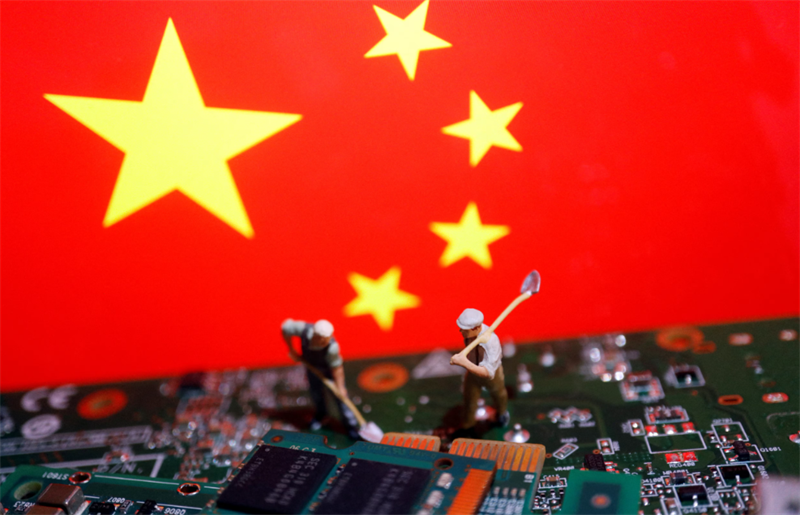China's third National Integrated Circuit Industry Investment Fund—known as Big Fund III—is undergoing a major strategic shift. Executives overseeing the fund are now concentrating investments on two of the country's most critical semiconductor bottlenecks: lithography equipment and electronic design automation (EDA) software.
Originally launched to support a broad range of chipmaking tools and ecosystem development, Big Fund III is being recalibrated in response to escalating U.S. sanctions that restrict Chinese access to advanced chip production technologies. Washington's tightened export controls have effectively blocked Chinese firms from acquiring cutting-edge equipment from ASML, KLA, Lam Research, Tokyo Electron, and EDA software from Cadence and Synopsys.
The pivot reflects Beijing's recognition that progress in many areas—such as etching and deposition tools—is already well underway in China. Instead, the fund will now prioritize areas where the country remains most vulnerable. According to Bloomberg, Shanghai Micro Electronics Equipment (SMEE) and Empyrean Technology are among the expected beneficiaries of the fund's first major disbursements under the new strategy.
The shift also includes longer investment horizons of up to 10–15 years and a push to consolidate domestic players through mergers and acquisitions, aiming to build globally competitive champions.

China launched the Big Fund in 2014 as its largest state-backed semiconductor investment initiative. Despite investing tens of billions of dollars across earlier phases—including support for SMIC—China still lags in critical areas. ASML remains the dominant supplier of extreme ultraviolet (EUV) lithography systems, while U.S. companies lead in EDA software, both essential to designing and manufacturing high-end chips.
The overhaul of Big Fund III comes amid a broader geopolitical clash over chip supremacy. The Biden administration, continuing Trump-era policies, has implemented sweeping export controls since 2022 to limit China's ability to develop advanced AI processors, military applications, and supercomputing capabilities. These restrictions have intensified China's urgency to eliminate supply chain choke points and achieve technological self-reliance.
Beijing's response is not merely defensive. Chinese AI leaders like Alibaba, Baidu, and DeepSeek are racing to build large language models that can compete globally, but they require a secure domestic chip ecosystem to do so. As President Xi Jinping has emphasized, removing technological chokeholds has become a matter of national security.
While Big Fund III aimed to raise 344 billion yuan (about $48 billion), actual funding has fallen short so far. Still, officials view this gap as temporary. For now, the strategic message is clear: China is no longer spreading bets—it's targeting its tech weaknesses head-on.
If successful, Big Fund III could lay the groundwork for a parallel global semiconductor supply chain—one led by China, challenging the dominance of the U.S. and its allies.
+86 191 9627 2716
+86 181 7379 0595
8:30 a.m. to 5:30 p.m., Monday to Friday
